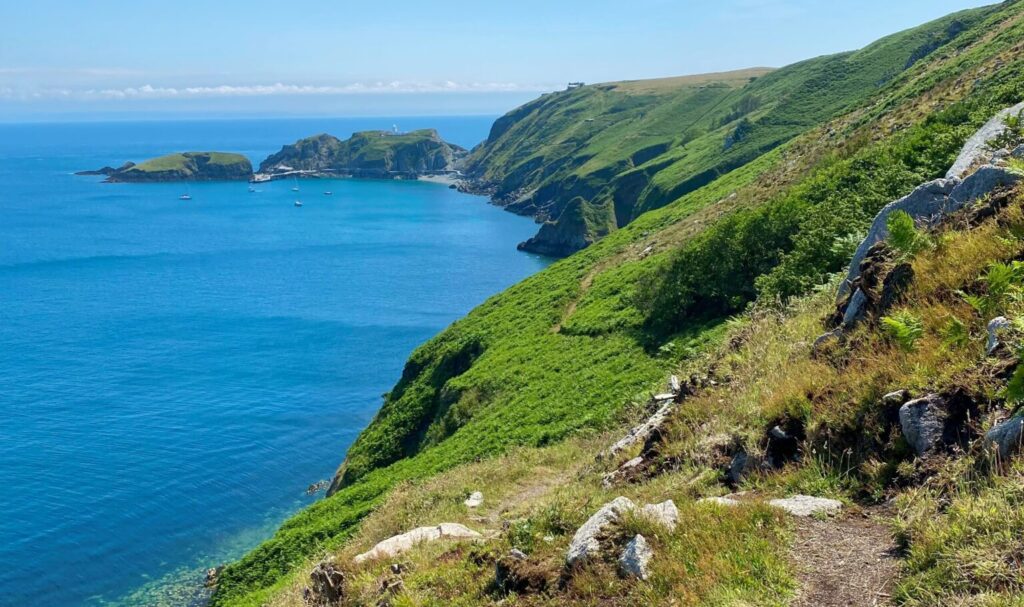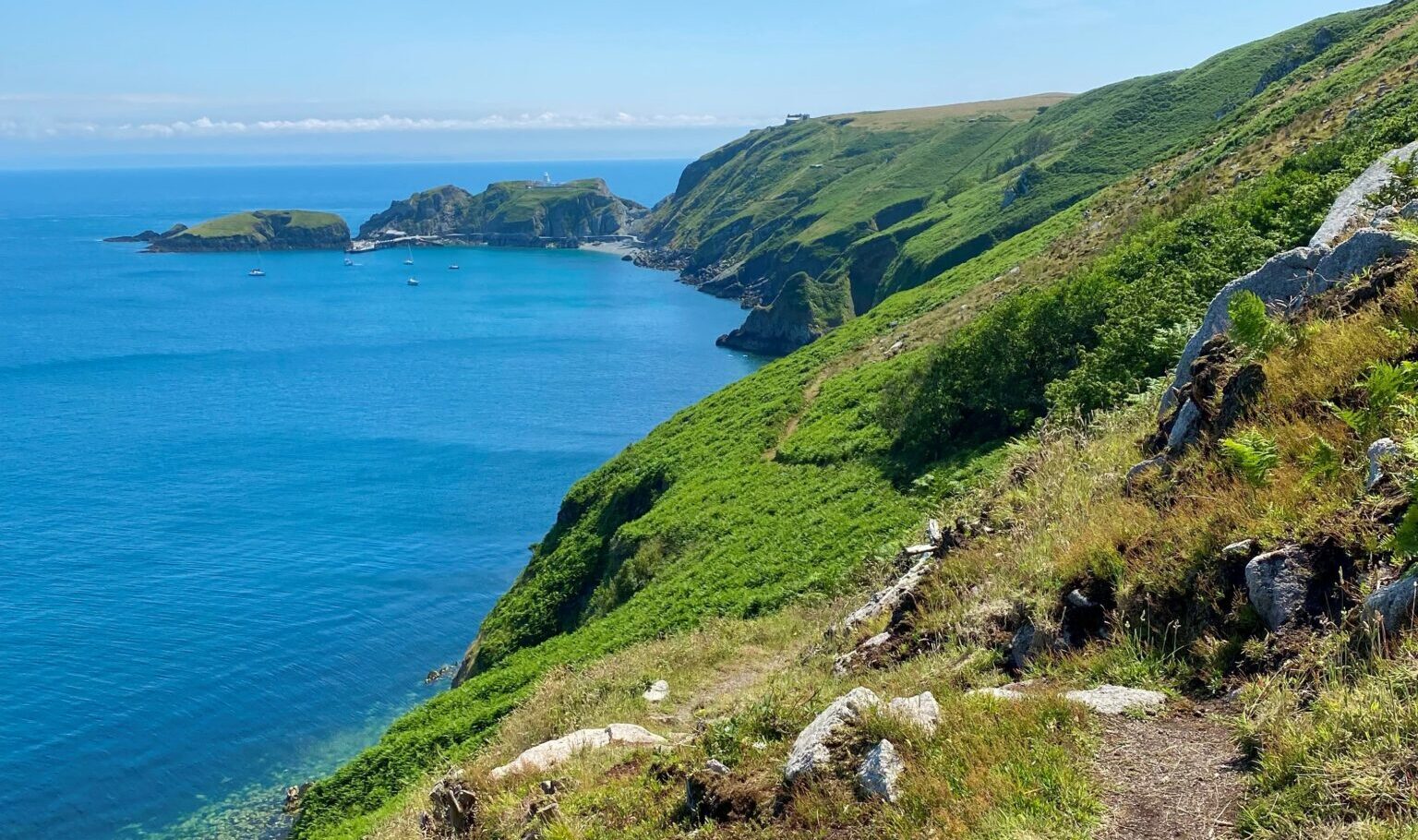Lundy’s isolated position has given some speciesA group of similar organisms that can breed and exchange genes. More a rare opportunity to evolve independently of mainland populations and, for the most part, away from human interference.
There are four Focus SpeciesA group of similar organisms that can breed and exchange genes. More, two of which aren’t found anywhere else in the world.
Probably simplest for the user to add Lundy cabbage and anything else Lundy (manx shearwaters) to this page…….so all in one place. Discuss during Consultation and them change.


